
I have two copies of Project X Zone.
It’s a common occurrence for the hobbyist importer: an eager import turns to regret when that game you thought you’d never see gets announced for a Western release. And sometimes, like with Project X Zone, it’s hard to avoid. After all, there’s a lot there that just didn’t make sense for a localization. But I’m here to help you keep this sort of thing to a minimum! If you follow these six easy guidelines, it’ll make your importing experience a lot less painful.
1. Target dead genres.
The best bets for missing out on localization are the kinds of games so far away from viable Western genres that they don’t get a chance, especially when those games aren’t the marquee release in the field. Do you have to worry about the localization of a mid-tier idol training game? Or a Koei-style resource management sim? Or any game with mahjong? No, not usually. It’s a great way to be exposed to sorts of games you wouldn’t otherwise, though I understand why you may be hesitant, and it’s this: the reasons most don’t want to play these are the same reasons we won’t get them.
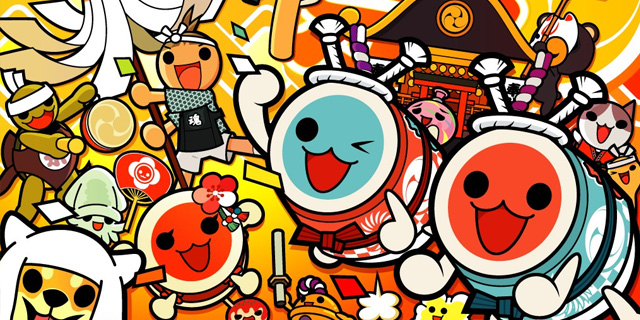
2. Licensing is king.
If you’re looking for something a bit closer to what you’re used to, the best loopholes are the ones in which licenses tie up localization so much that the process becomes a nightmare. It’s why we didn’t get Jump! Ultimate Stars: while one company owns the IP rights for Japan, a localization would require dealing with the myriad Western licensees of the various anime characters it contains. Even one licensed character can be enough of a barrier when that IP would be expensive due to Japanese popularity but not warrant that cost in a release outside of the property’s cultural reach.
A huge genre for this, and one that often has some very import-friendly titles, is the music game. A game like Taiko no Tatsujin has a huge catalog of songs licensed for just one market, and the combination of the pain of re-licensing for global release and the fact that most of those tracks would be unknown to the West mean that the few releases we do get often have totally different track lists (like our one Western Taiko game, 2004 PS2 release Taiko Drum Master.) We’re much more likely to get rhythm games with all-original tracks, so avoid those when you can.
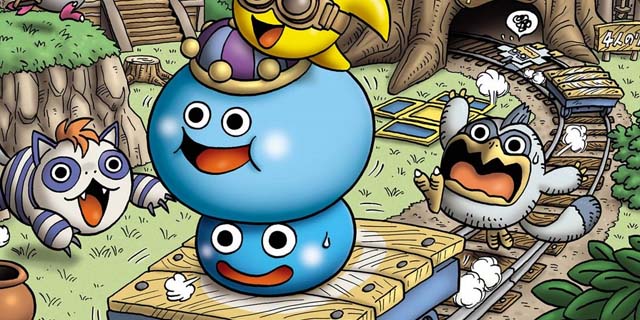
3. Factor in the cost of words.
A recent interview with Square Enix revealed that it is more likely to localize Slime Morimori Dragon Quest 3, a spin-off sequel, than Dragon Quest VII, a marquee re-release of the core series title. While neither is a given, this statement surprised Gaijin Guide much less than it did others. Why, when the main title has more buzz and reach? It’s because RPGs, and DQ7 in particular, have books full of text, while a Rocket Slime game requires something between a tenth and a hundredth of the translation and localization work.
This knowledge can be applied to your own decision-making, since it’s safer (but maybe less accessible) to pick up a text-heavy RPG like a Legend of Heroes game than it is to pick up an action-focused Musou title.
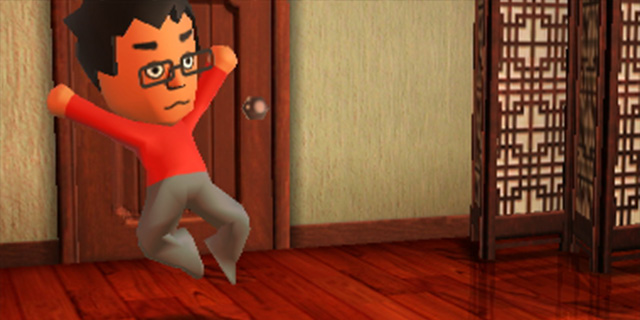
4. Japanese sales mean something.
This one’s important for eliminating some of those games that seem like outliers. While a game can be a Japanese success and not make it to the West, some of the weirder escapees — like Project Diva and Tomodachi Life — did so after massive sales successes in Japan, and the reason that Level-5 keeps dropping hints that Yo-kai Watch is heading global isn’t because the idea of Japanese spirits is particularly marketable — it’s because that franchise has consumed its home country in a way that has only been seen with franchises like Monster Hunter, Pokemon and Dragon Quest.
This is also a good thing to remember with borderline titles that totally bomb in Japan, despite quality or Western appeal. We’re not likely to get Gaist Crusher in the same way we never got EX Troopers, and hey, bonus! It’s not only a safe bet to import, but it’s also crazy cheap. (Just remember: sometimes, bombing is about quality, so tread carefully.)
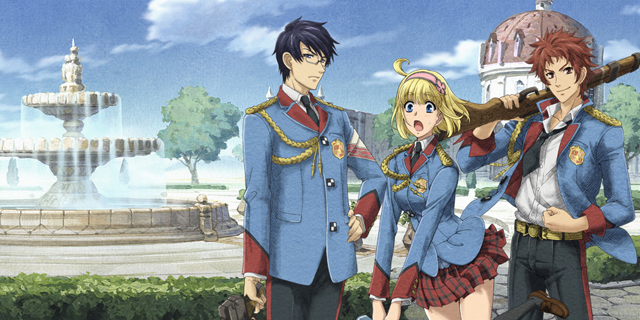
5. Failure leaves a big crater.
While Japanese sales can be a good indicator for fresh titles, you need to look at the smoldering remains of a series’ Western sales to see just why it won’t make it over again. (I’m looking at you, Yakuza.) It doesn’t matter how good a game is, or whether there were extenuating circumstances making the previous release less popular: the business people at a Western publisher look at bad numbers and run the other way. The poor design decisions in Valkyria Chronicles II turned the borderline series with critical acclaim into one that seems financially poisonous, and a release with no real marketing like Glory of Heracles will lead to the rest of the franchise facing a steeper climb.
This leaves some appealing options out in the cold that would otherwise make it here. How about a Starfy game? Or Game Center CX 2, the sequel to Retro Game Challenge? If all else fails, check out the Kunio series, which had its prospects recently damaged by two relatively weak, poorly marketed DS releases.
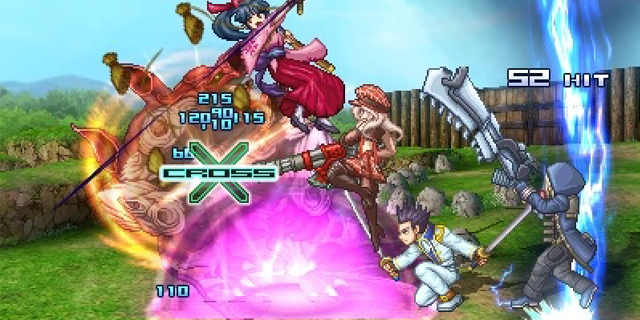
6. No matter what, you’ll be wrong occasionally.
I mentioned Project X Zone, but it’s not the only localization lately that wouldn’t be predicted with these tips. Natsume’s picking up A-Train 3DS? Idea Factory put out Monster Monpiece? Even the most knowledgeable importers are going to slip up sometimes, so make sure you aren’t riding razor-thin enjoyment margins. Think about it this way: if a Western release announcement will make you miserable that you imported, you may want to pass on that one and look elsewhere. Low-stakes pickups are usually more fun.



















